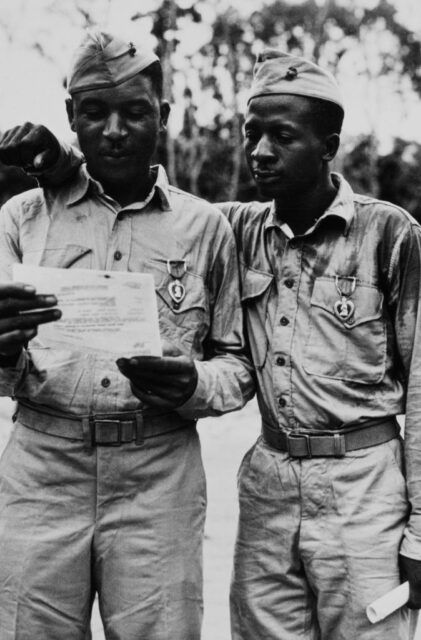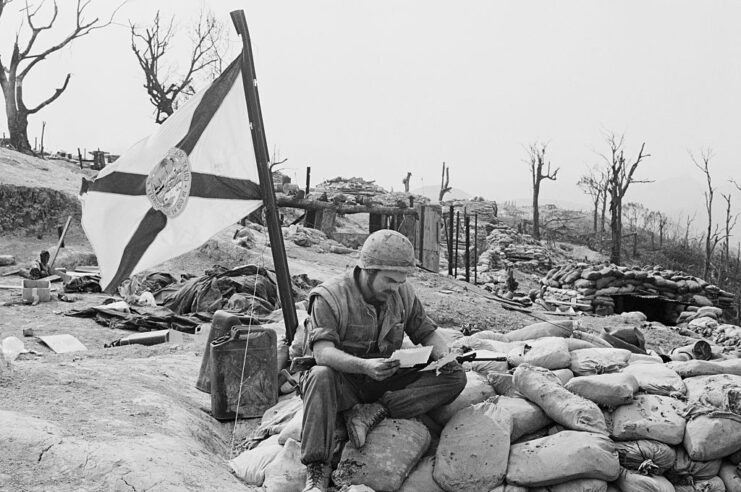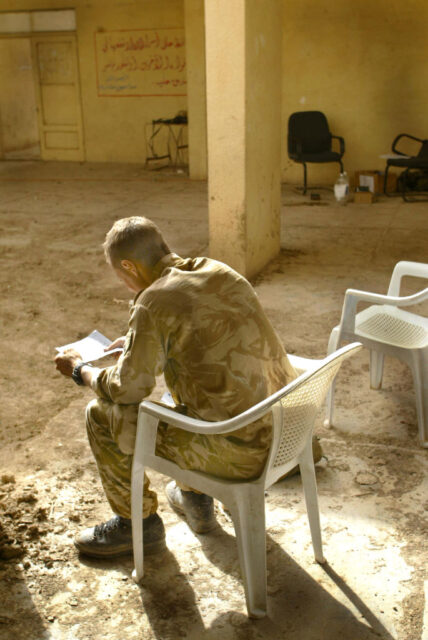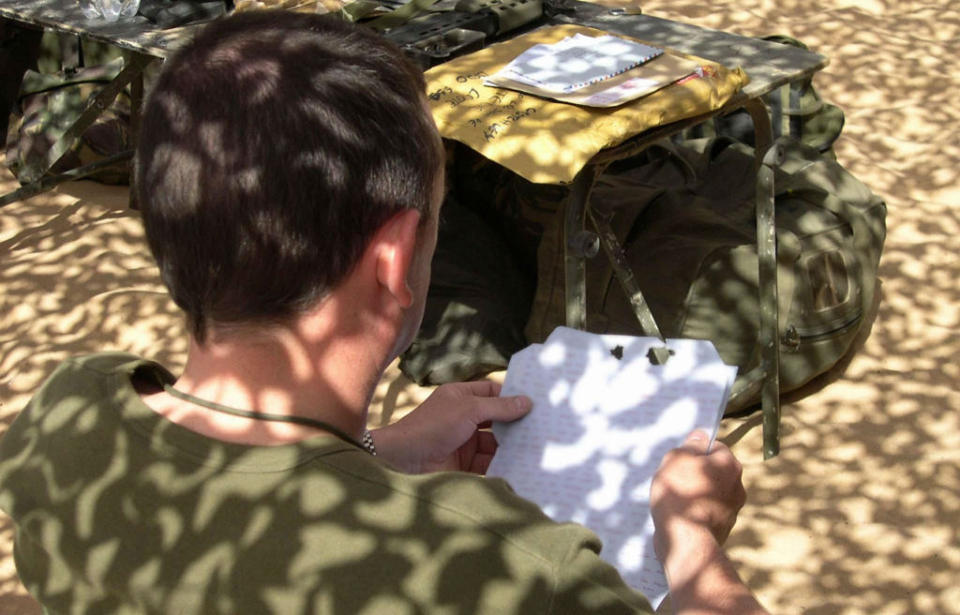When its comes to wartime communications, few carry the weight of the infamous Dear John letter. Originating during World War II, these correspondences have become a symbol of love lost and personal sacrifice during times of conflict, showing that combat can sometimes have a negative impact on peoples’ relationships.
World War II origins

The term “Dear John” letter is believed to have originated during the Second World War, with the first reported instance being noted in The New York Times in October 1943. Milton Bracker, a war correspondent stationed in North Africa, wrote about the increased occurrences of girlfriends and wives writing to their soldier partners to let them know their relationships were over.
While it could have been their feelings had changed due to the amount of time the lovers had spent apart, it was, more often than not, because they had actually found a new partner. They’d initially been referred to as “Brush-Off Clubs,” and ranged from blunt admissions of infidelity to more kind ways of letting down their deployed lovers.
As the Democrat and Chronicle wrote in August 1945, “‘Dear John,’ the letter began. ‘I have found someone else whom I think the world of. I think the only way out is for us to get a divorce,’ it said. They usually began like that, those letters that told of infidelity on the part of the wives of servicemen… The men called them ‘Dear Johns’.”
The phrase quickly became part of the military lexicon, capturing the heartbreak of receiving such news while away from home. These letters symbolized not only personal loss, but also the broader sacrifices made by those serving overseas. Chicago Daily Tribune contributor Howard Whitman even went so far as to allege the pain cause was so great that “it is doubtful the [Germans] will ever hurt them as much.”
How the Dear John letter has evolved

The phenomenon of the Dear John letter wasn’t restricted to World War II; as conflicts continued through the 20th and into the 21st century, so, too, did the arrival of these dreaded correspondences. It’s believed the most were sent during the Vietnam War, with the amount written inspiring many a television show, including the British sitcom, Dear John (1986-87).
As the instances of Dear John letters increased, so, too, did the superstitions surrounding them. As TIME reports, there were some leaders who refused to let their men enter the battlefield after receiving one, with Vietnam veteran Michael McQuiston explaining, “Their rule was that they didn’t do that. It was bad luck.”
While the digital age has transformed how we communicate, the essence of the Dear John letter remains unchanged. Emails and text messages have largely replaced handwritten notes, but the impact of receiving such a message while serving far from home remains profound.
This is evident in the research conducted by professor and author Susan L. Carruthers, who explained in an interview with The Military Times, “There was a range of stories from incredibly tragic stories, suicides, lives ended in the bleakest of circumstances to funny anecdotes from veterans recounting the breakups.”
Separating fact from fiction

Several myths surround Dear John letters, partly fueled by their depiction in the media. By examining the nuances of these relationships, we can gain a more comprehensive understanding of the phenomenon’s place in wartime history.
One misconception is these letters were a widespread occurance, with the implication that many relationships inevitably ended as a result of the strains of war. While this was true in some instances – women were regularly pressured by family and the media to keep their men in good spirits – Dear John letters weren’t the universal experience for all military personnel.
In actuality, the prevalence of these correspondences varied depending on numerous factors, including the nature of the conflict, the duration of one’s deployment and the means of communication available.
Another myth is these letters were mainly sent by women to men. While often the case, men also used written correspondences to end their relationships, with these being dubbed as “Dear Jane” letters. The dynamics of wartime love are complex, influenced by societal norms, personal circumstances and the stresses of separation and uncertainty, and the success or failure of relationships during times of conflict isn’t always black and white.
Psychological impact of receiving a Dear John letter

The impact of receiving a Dear John letter while in a combat zone can be difficult. These correspondences can have a significant psychological effect, compounding feelings of isolation, vulnerability and despair. Their timing often means that soldiers have to process their emotions while remaining focused on their duties, a difficult balancing act.
Support systems within the military, such as comrades and mental health professionals, play a role in helping individuals cope with the aftermath of a Dear John letter. An example of this comes from former US Marine Corps photographer Steven Curtis, who explained to Coffee or Die how he’d counsel men who received the correspondences in Vietnam, calling them a “blessing in disguise.”
“Any woman who didn’t have enough strength of character to stand by her man in his time of need wasn’t worth going back to anyways,” he’d reportedly tell them.
More from us: Henry Kissinger Helped Orchestrate the Deadly Carpet Bombing of Cambodia During the Vietnam War
These networks of support underscore how important camaraderie and understanding are among those who share the unique challenges of military life. The collective experience of dealing with such adversity can strengthen the bonds between troops, providing a silver lining in difficult circumstances.
